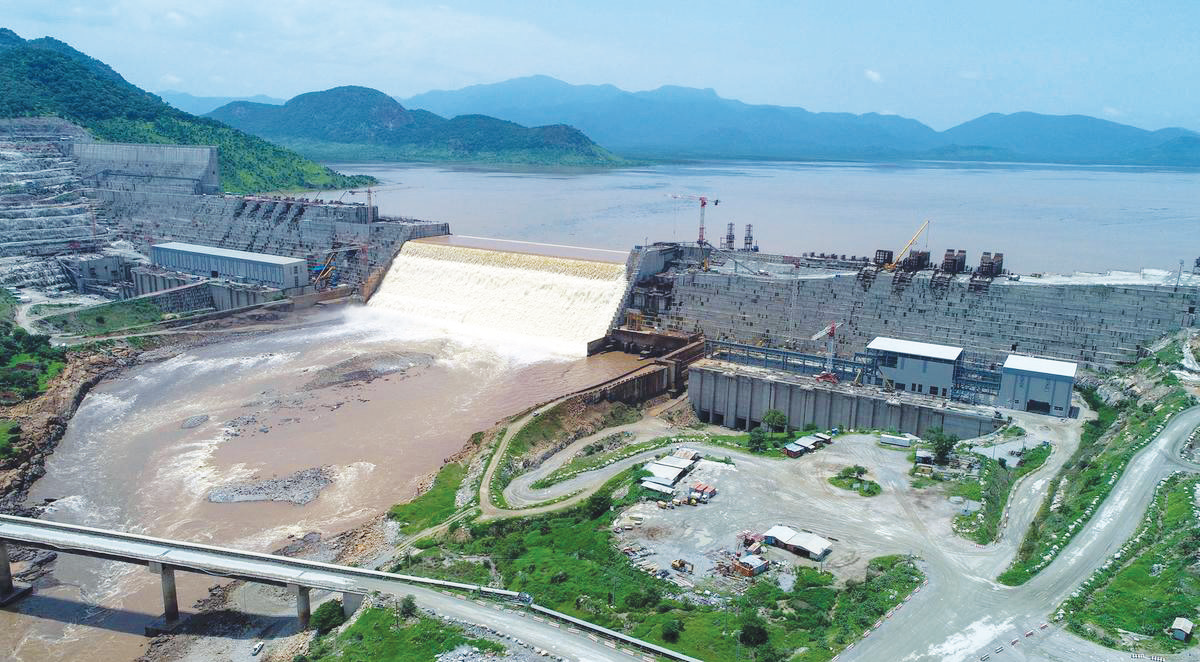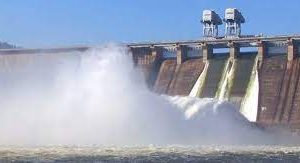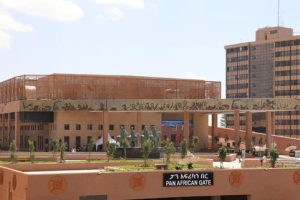
BY ADDISALEM MULAT
Sudan and Egypt have had to say more negative things about the Grand Ethiopian Renaissance Dam (GERD) but what they had deliberately missed out to this very day is to acknowledge the contribution of the project in curtailing flooding risks to the downstream countries.
The downstream countries particularly Sudan faces unprecedented flooding risk year on year putting millions of lives in danger. Last year, the country was hit by an exceptional flood that destroyed hundreds of homes while deluged others.
Sudan is hit by flooding; heavy downpour often hit the country between June and October resulting in a significant flooding. It is to be recalled that the dam in Sudan’s Blue Nile state in the district of Bout, in the southeastern state, burst after heavy rain. The collapse of the small dam destroyed more than 600 homes while flooding others reported.
For years, Sudan has been facing over flooding endangering cities and towns. Semi-arid and arid countries are more prone to climatic variability than temperate ones. And, droughts and flooding in Sudan are most likely to be caused by climate change.
The dam in Sudan’s Blue Nile state in the district of Bout, in the southeastern state, burst after heavy rain. The collapse of the small dam destroyed more than 600 homes while flooding others reported, AFP. Local media said the dam held five million cubic meters of water, used for both agriculture and drinking.
For years, Sudan has been facing over flooding endangering cities and towns.
Semi-arid and arid countries are more prone to climatic variability than temperate ones. And, droughts and flooding in Sudan are most likely to be caused by climate change. Water infrastructure development of upstream countries including reservoir construction is the best alternative to mitigate extreme hydro-logical events, including the alteration of and flooding, most likely to be caused by climate change.
Water infrastructure development of upstream countries including reservoir construction is the best alternative to mitigate extreme hydro-logical events, including the alteration of and flooding, most likely to be caused by climate change.
With this being the fact, Sudan and Egypt have been engaged in defaming the GERD while intentionally hiding the fact the project helps both countries to minimize their risks to flooding. But they pretend that the construction of the GERD would rather affect them.
The solid and undeniable fact is constructing the dam plays a major role in maintaining the environment and plummeting the magnitude of drought and things of that sort.
Seconding this fact, Prime Minister Abiy Ahmed on Sunday in his social media page said, “Ahead of the 2nd filling, Ethiopia is releasing more water from last year storage through newly completed outlets and sharing information. The next filling takes place only during heavy rainfall months of July/August, ensuring benefits in reducing floods in Sudan.
Ethiopia, in developing Abbay River for its needs, has no intention of causing harm to lower riparian countries. Heavy rains last year enabled successful 1st filling of the GERD while the presence of the GERD itself has undoubtedly prevented severe flooding in neighboring Sudan, he added.
According to Abay and Yebaedan Tekareno, a book written by Selabat Manaye, Khartoum spends over 50 million USD to prevent flooding. Hence, a dam upstream means less cost to Sudan flood prevention works.
Besides reducing floods in the downstream countries, projects like GERD are also vital for connecting the region with electric grid.
As per a study entitled Benefit of Grand Ethiopian Renaissance Dam Project (GERDP) for Sudan and Egypt by Belachew Chekene, University of Huddersfield, UK, GERD will allow for regulated and sustainable minimum flow levels in the dry season. It will regulate the steady water flow throughout the year and it will avoid unexpected flooding to downstream countries.
Regarding energy and power production, GERD will allow underperforming downstream hydro-power schemes to perform more effectively as there will be more reliable sediment free, and regular availability of water throughout the year. Indeed, GERD will benefit Sudan and Egypt immensely by delivering steady water flow throughout the year.
Ethiopia’s dam will help mitigate Sudan’s risk and cost of flooding through managing the natural flow of the Nile River. That is why Ethiopia has been saying GERD could not be a bone of contention but a source of win-win cooperation.
Sudan faces an unprecedented flood every year due to the over flow of Blue Nile and heavy rain to which the combination of both bring huge socioeconomic crises in the country. Usually, the excessive water flow in the Nile River triggers intense flood in Khartoum. It claims lives, destroys livelihoods.
The sole and permanent way to reduce and prevent flooding in Sudan is building dams and other infrastructural facilities upstream of the Nile, he opines, adding that, “the recent flooding though a small incident, we believe the fact that GERD started to hold water is helping the country to avoid more risk of flooding. And, when GERD comes to finalization and operates at full capacity, flooding will be reduced significantly in Sudan.
Sudan could benefit much from GERD. And there is an enormous window of opportunities over the Nile if the countries work closely and in partnership.
GERD will prevent over flooding in the Sudan’s dam of Rosaries. Upstream dams such as GERD will make a bigger difference as it hold more water during the rainy season ultimately reducing over flooding in Sudan, said Yilema Seleshi, Associate Professor of hydrology at Addis Ababa University speaking to The Ethiopian Herald previously.
“Sudanese experts also have studied the issue and are very much aware that building dams and similar infrastructural facilities in the Blue Nile will help reduce risk of flooding in Sudan.”
Khartoum and other parts of Sudan are vulnerable to flooding and spends billions of USD every year for counter flooding works. However, if more dams are built in upstream countries, Sudan’s risk of flooding could go down and when GERD is completed, Sudan will receive regulated water flow from the Blue Nile. This will also help minimize the country’s cost of prevention works.
According to statement by Ministry of Water, Irrigation and Energy, the construction of the two bottom outlets (BO) of GERDthat provides release of water into the downstream completed, tested and operational. These two BOs have capacity of passing entire annual Abbay flow in a year. Provide assurances that flow of water to d/s at no time would be interrupted. In addition, 13 conveyances for power generation are under construction adding huge capacity of d/s release. In the coming rainy season of 2nd filling these BO guarantee d/s flow while filling takes place as inflow exceeding outflow.
At the latter part of the rainy season in August, overtopping will also release more water into d/s after fulfilling the measured retention. As such GERD is important for power generation in for the needs of Ethiopia and removes flood risk in Sudan, saves losses of water in flood plains and is not a concern for any harm. It is designed smart as filling and construction go in parallel and constructed as high quality and state of the art modern facility, it added
The Ethiopian Herald 20 April 2021





